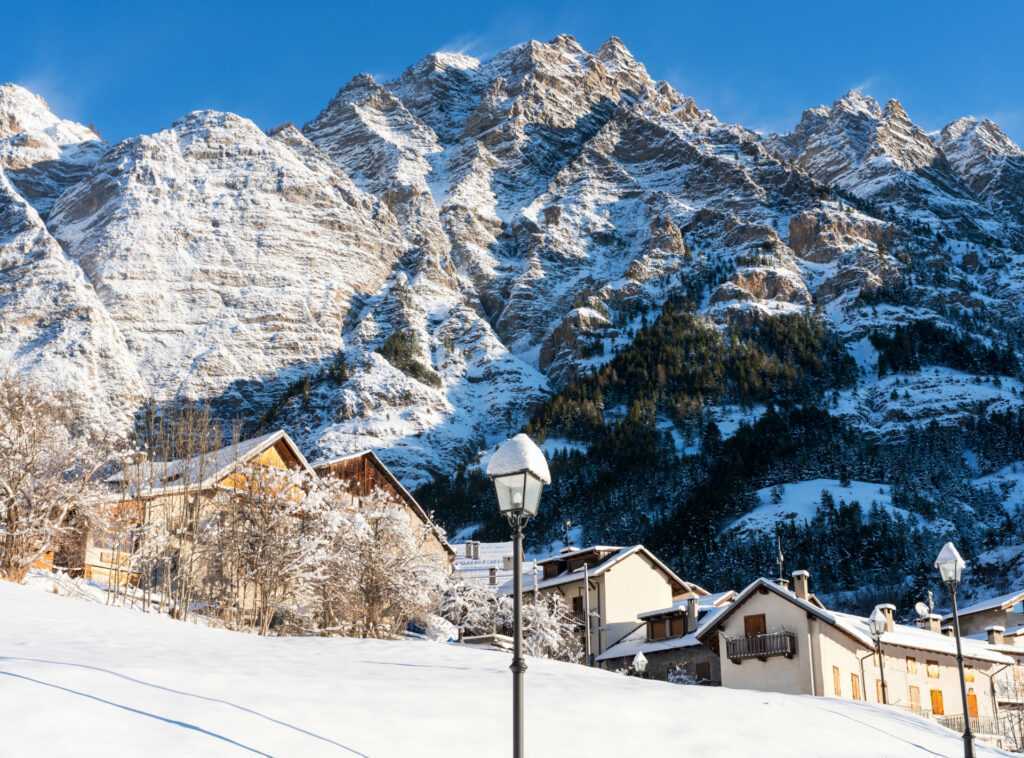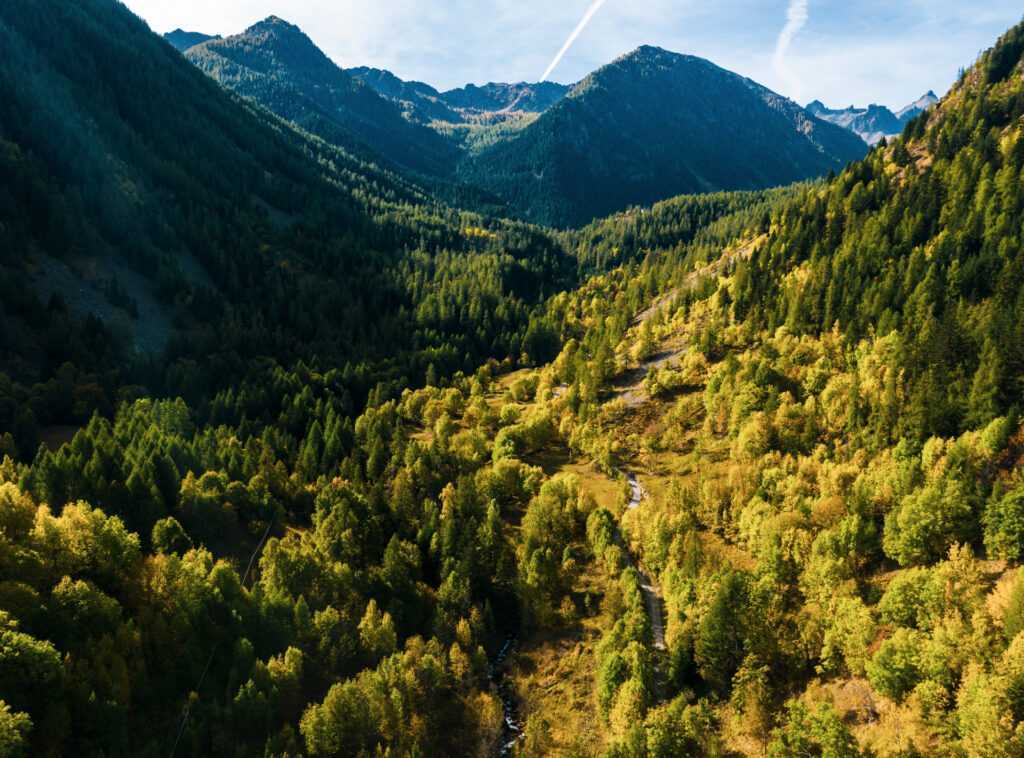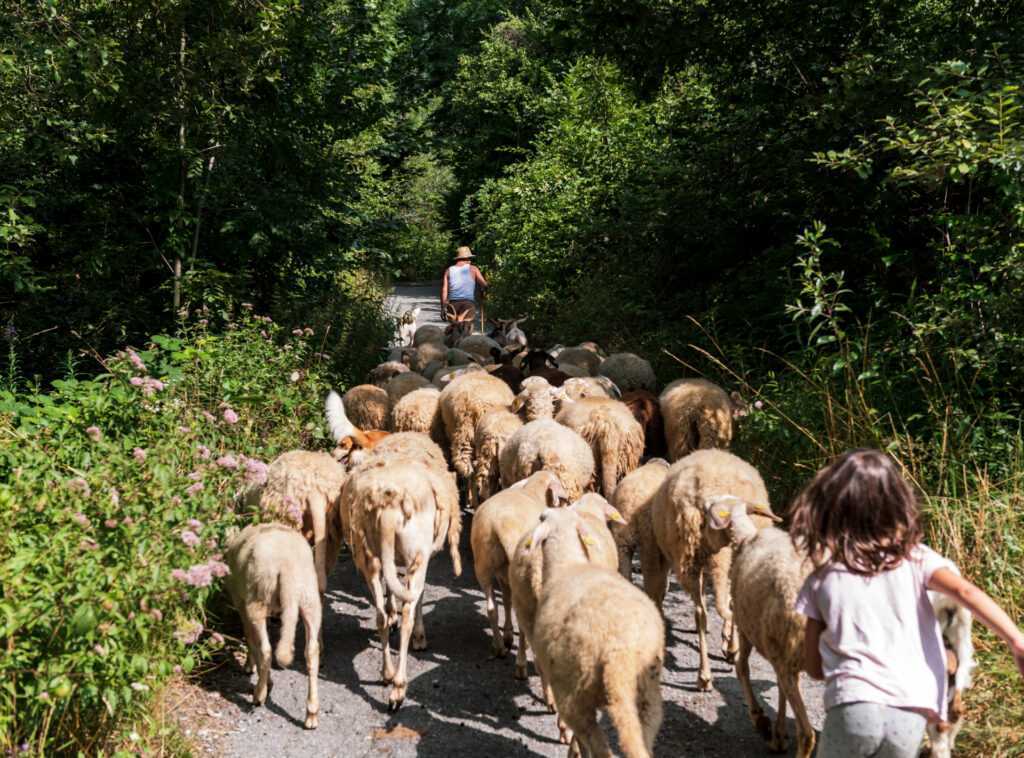History

The Eco-museum of Shepherding was officially founded in 2000 in Pontebernardo, an alpine village at 1400 meters above sea level in the municipality of Pietraporzio (CN). However, the actual origin of this cultural, economic and social reality can be traced back many years before, when the Stura Valley Mountain Community embarked on a journey of cultural revival and economic revitalisation of the activity of shepherding and the socio-anthropological context connected with it. On the one hand, the Eco-museum began with the recovery of the Sambucana sheep breed, indigenous to the valley, which was in danger of disappearing in the 1980s. On the other hand, it rediscovers the cultural heritage of the valley’s pastoral world and its offshoots in the French Crau, which for decades was home of many mountain dwellers who kept Merino sheep in Provence to supplement their family income.

The Stura Valley is a mountain territory par excellence, rooted in its own history, tradition, culture and language, guardian of a heritage that is wealth for the future. It is in this context that the project of the Eco-museum of Shepherding, set up by the Piedmont Region following the Regional Law n. 31 of 14 March 1995, takes place. The Eco-museum of Shepherding is a path – draio in langue d’oc – that the local community is tracing by digging into the roots of its own history: the aim is not to propose a return to an idyllic past but rather to bring out shepherding as an important economic resource and to enhance the heritage of knowledge linked to it.

Today, more than ever, it is clear that a return to traditional activities is the only form of sustainable and lasting micro-economy for marginal territories. The aim is to help build a future for our community – more balanced, more respectful of nature, of the quality of life – starting precisely from its marginal situation. The Eco-museum is an instrument that aims to make farmers and the community more aware of the value of their work, their way of life, the traditions and culture of the mountain area that they represent. At the same time, it aims to promote and activate innovative strategies to revitalize the mountain economy.
